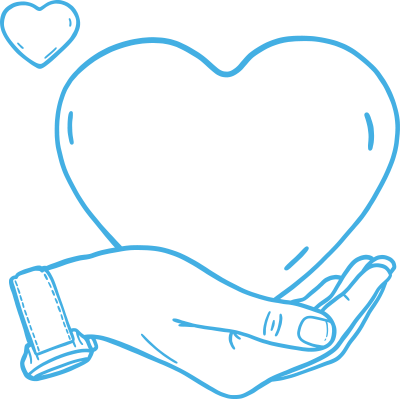LGBTQIA+ and mental health
A review of studies on mental health issues in LGBTQIA+ communities found that LGBTQIA+ people are more likely to experience poor mental health or a mental illness than those who do not identify as being LGBTQIA+.
- LGBTQIA+ people are at more risk of suicidal behaviour and self-harm than non-LGBTQIA+ people.
- Gay and bisexual men are 4 times more likely to attempt suicide across their lifetime than the rest of the population.
- LGBTQIA+ people are 1½ times more likely to develop depression and anxiety disorder compared to the rest of the population.
- 67% of trans people had experienced depression in the previous year and 46% had thought of ending their life.
- Stonewall’s ‘Prescription for Change’ report found lesbian and bisexual women had higher rates of suicidal thoughts and self-harm compared to women in general.
- Of all the common sexual identity groups, bisexual people most frequently have mental health problems, including depression, anxiety disorder, self-harm and suicidality.
The reasons why there are higher rates of mental health issues among LGBTQIA+ people are complex. There are many experiences that LGBTQIA+ people will often have to deal with as a minority community, such as stigma, prejudice, and discrimination.













